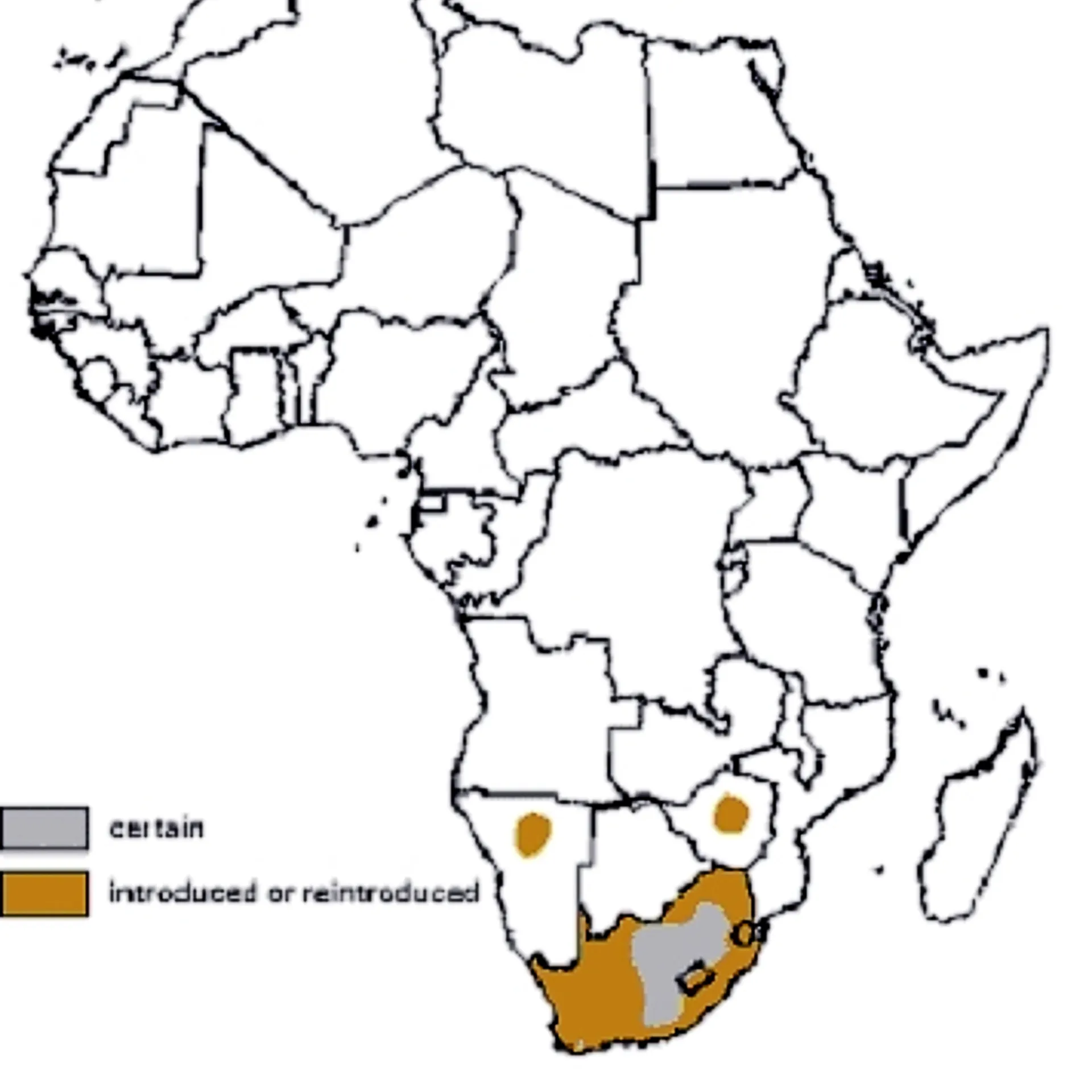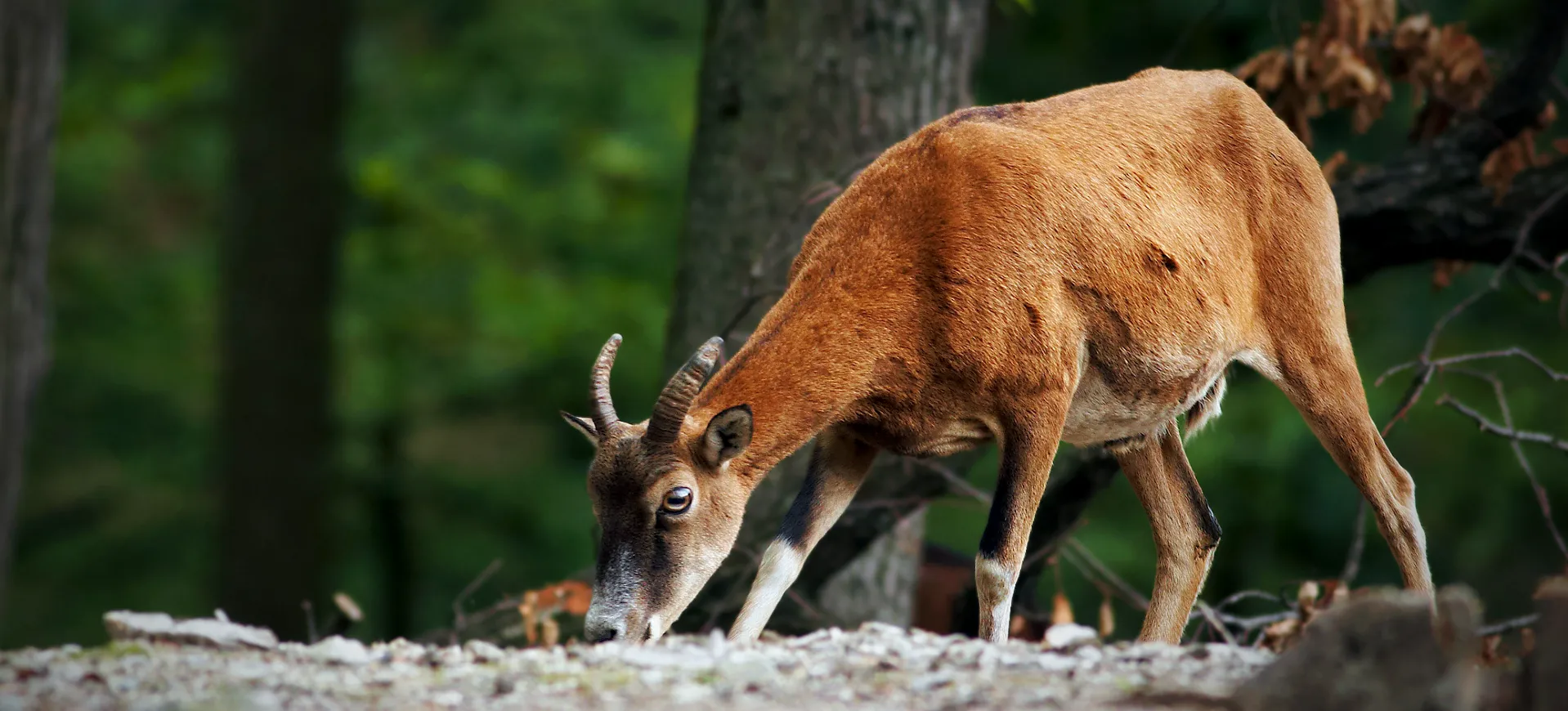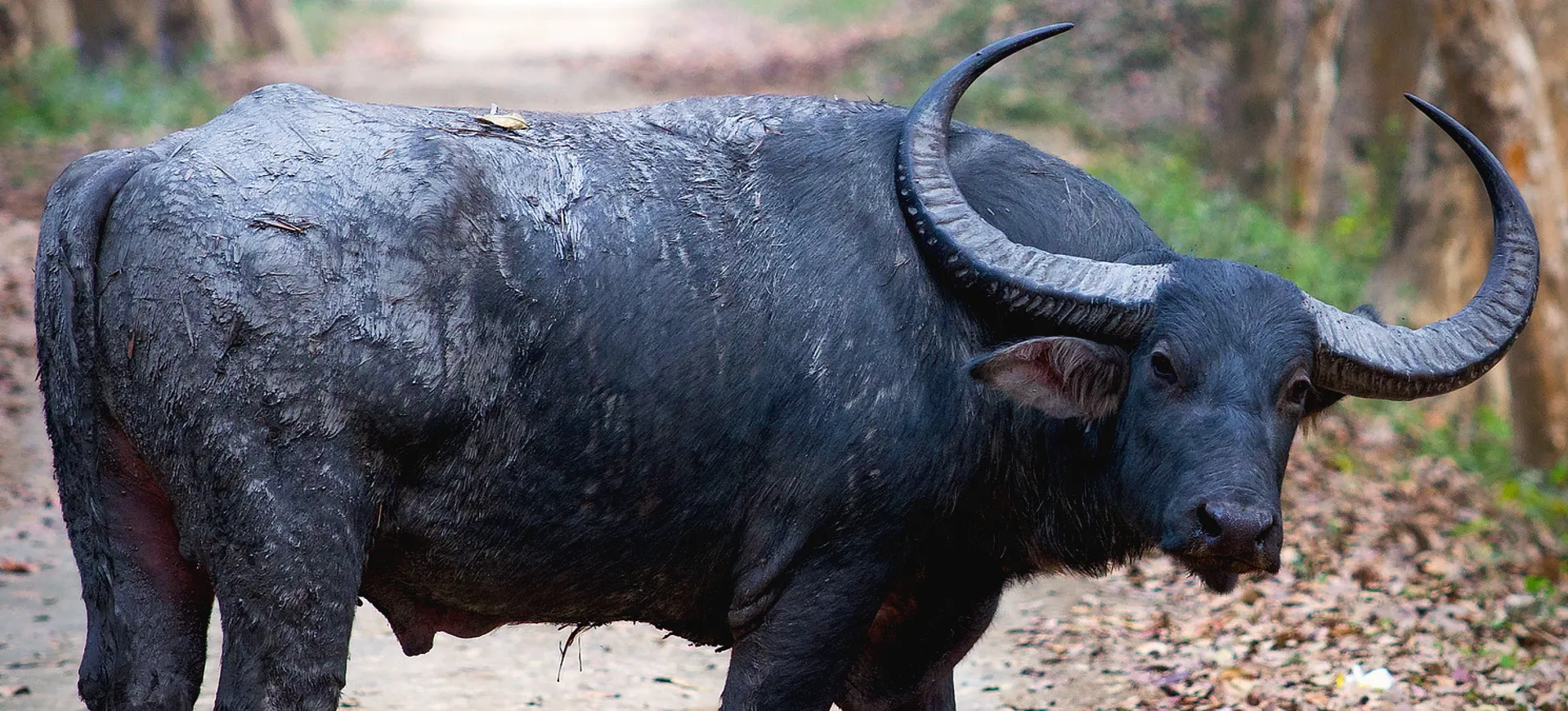Overview
The Blesbok is an antelope with a distinctive appearance, native to South Africa. It is easily identified by its rich brown coat and a prominent white blaze on its face, which is the origin of its name. The species prefers grassland habitats where it grazes on short grasses, playing a crucial role in the ecosystem by preventing bush encroachment. Blesboks live in herds and are known for their strong social structure, which helps protect them from predators.
Overhunting once threatened Blesbok populations, but conservation efforts have successfully stabilized their numbers. They are now commonly found in protected areas and private game reserves, contributing to South Africa’s ecotourism industry. The species is characterized by its remarkable adaptability to different grazing conditions, which has been key to its recovery. Blesboks are diurnal, most of their day grazing and resting to avoid the midday heat.
The reproductive behavior of Blesboks involves seasonal breeding, with peaks coinciding with the end of the rainy season. This timing ensures that the offspring are born into conditions with abundant food supply, increasing their survival rate. Males are territorial during the mating season, using their horns in battles for dominance and the right to mate with females. These antelopes have a gestation period of about seven months, after which a single calf is born.
Taxonomy
Kingdom
Phylum
Class
Order
Family
Genus
Species
Sub Species
Type
Current distribution:
Once facing significant population declines, Blesboks have rebounded in numbers due to effective conservation measures and are predominantly found in protected areas and private game reserves across South Africa. Their distribution remains localized to the Highveld grasslands, where they have historically thrived. Despite their recovery, ongoing habitat management and anti-poaching efforts are crucial to maintaining stable populations.
Reintroduction programs have successfully expanded the range of Blesboks within South Africa, establishing new populations in areas where they had previously been exterminated. This effort and the species' adaptability have contributed to broader distribution and increased numbers in the wild. The presence of Blesboks in these areas not only enriches biodiversity but also supports ecotourism, demonstrating the value of conservation.
Physical Description:
The Blesbok stands out for its medium size, muscular build, and short, glossy coat. The males and females are similar in appearance, but males are slightly larger and have thicker horns. Both sexes have horns that curve slightly forward, providing a means of defense and used in mating competitions. The distinct white face and lower part of the legs contrast sharply with the dark brown body, aiding in camouflage and social signaling.
The average height of a Blesbok is around 35 to 39 inches at the shoulder for males and slightly less for females, enabling them to blend into the grasslands easily. Males typically weigh between 143 to 176 pounds, while females are lighter, ranging from 120 to 155 pounds. This size difference plays a role in social dynamics and reproductive strategies. Despite their bulk, Blesboks are agile runners, capable of reaching up to 45 miles per hour when escaping predators or during social displays.

Lifespan: Wild: ~10 Years || Captivity: ~20 Years

Weight: Male: 143-176 lbs (65-80 kg) || Female: 120-155 lbs (54-70 kg)

Length: Male: 55-65 in (140-165 cm) || Female: 53-63 in (135-160 cm)

Height: Male: 35-39 in (89-99 cm) || Female: 34-38 in (86-96 cm)

Top Speed: 45 mph (72 km/h)
Characteristic:
Native Habitat:
Blesboks are indigenous to the highveld grasslands of South Africa, where they have evolved to thrive in the open grasslands and plains. These areas provide the optimal conditions for their grazing lifestyle, including various grass species and access to water sources. The habitat also offers minimal cover, which suits their need for vigilance against predators.
The adaptation of Blesboks to these grassland habitats involves their diet, social behavior, and reproductive strategies. The open plains facilitate the formation of large herds, enhancing their ability to spot predators and defend themselves. The terrain also influences their mating rituals and territorial displays, with males establishing territories in areas that offer the best grazing and visibility.
Biomes:
WWF Biomes:
Biogeographical Realms:
Continents:
Countries:
Diet:
Diet & Feeding Habits:
Blesboks are selective grazers, feeding on short grasses in their native grassland habitats. They have adapted to various grass species, showing preferences based on seasonal availability and nutritional content. During the dry season, they may travel considerable distances in search of food, but they generally prefer areas where grazing is abundant and water is accessible.
Their digestive system is well adapted to a high-fiber diet, allowing them to extract nutrients from the tough grasses efficiently. Blesboks drink water daily when available but can survive periods of drought by utilizing moisture from the grasses they consume. This adaptability in feeding habits supports their survival in varying environmental conditions. They often feed in the early morning and late afternoon, avoiding the day’s heat, which conserves energy and minimizes water loss.
Mating Behavior:
Mating Description:
Blesbok mating occurs seasonally, with a peak in reproduction taking place during the Southern Hemisphere’s spring. Males become highly territorial during this period, aggressively defending their territories against rivals to attract females. These territories are chosen based on the availability of prime grazing land and accessibility to water, factors that are attractive to females.
Females enter estrus for a short period, during which mating occurs. After successful mating, a gestation period of approximately seven months follows, resulting in the birth of a single calf. Calves are born during summer, benefiting from the abundance of food and relatively mild weather conditions. This timing increases the survival rates of the offspring, contributing to the stability of the population.
Reproduction Season:
Birth Type:
Pregnancy Duration:
Female Name:
Male Name:
Baby Name:
Social Structure Description:
Blesboks exhibit a complex social structure characterized by territorial males and female-led herds. Outside of the breeding season, males may form bachelor groups, while females and their offspring form larger herds for added protection against predators. This social organization allows for efficient use of resources and enhances survival through increased vigilance.
Territorial males invest significant energy in defending their territories, which is critical for attracting females during mating. These territories also serve as focal points for social interactions and are defended through displays of aggression and physical confrontations. The social dynamics of Blesbok herds are fluid, with individuals moving between groups based on age, sex, and breeding status, reflecting the adaptability of their social structure to environmental and demographic changes.
Groups:
Conservation Status:
Population Trend:
The Blesbok population has shown remarkable resilience and recovery following historical declines due to overhunting and habitat loss. Today, their numbers are considered stable, with effective management practices across their range. Protected areas and game reserves play a vital role in ensuring the sustainability of Blesbok populations by providing secure habitats free from poaching and excessive predation.
Conservation strategies, including habitat restoration, anti-poaching patrols, and controlled hunting within sustainable limits, have contributed to the Blesbok’s stable population trend. These efforts are complemented by research into their ecology and behavior, guiding management decisions that support the species’ long-term survival. Public awareness and ecotourism also support conservation by generating funds and fostering appreciation for Blesboks and their grassland habitats.
Population Threats:
Habitat loss and fragmentation due to agricultural expansion pose significant threats to Blesbok populations. The conversion of grasslands into farmland reduces the available habitat for grazing and disrupts the ecological balance of these ecosystems. Poaching remains a concern, although it is less significant than in the past due to increased protection and enforcement measures.
Climate change also poses a long-term threat, potentially altering the grassland ecosystems on which Blesboks depend. Changes in rainfall patterns and increased temperatures could affect the availability of suitable grazing and water resources, challenging the species’ ability to adapt. Ongoing research and monitoring are crucial to understanding these impacts and developing effective mitigation strategies.
Conservation Efforts:
Conservation efforts for the Blesbok have focused on habitat protection, legal protection from hunting, and the establishment of protected areas and private reserves. These measures have effectively stabilized and increased Blesbok populations across their natural range. Reintroduction programs have also played a role in expanding their distribution to areas where they had previously disappeared.
Education and community involvement are key to conservation strategies, promoting coexistence and reducing human-wildlife conflict. Sustainable tourism practices in game reserves and national parks provide economic incentives for conservation while minimizing environmental impacts. Research and monitoring continue to inform management practices, ensuring conservation efforts are adaptive and responsive to new challenges.
Additional Resources:
Fun Facts
- Blesboks can run at up to 45 mph speeds, making them one of the fastest antelopes.
- The distinct white face marking is the origin of their name, with “blues” being the Afrikaans word for “blaze.”
- Blesboks are unique to South Africa and not found naturally in any other country.
- Their unique adaptation allows them to conserve water by reducing their activity during the hottest parts of the day.
- Blesbok calves can stand and run shortly after birth, a crucial adaptation for survival in predator-rich environments.
- The species plays a vital role in their ecosystem by helping maintain the grassland habitat through grazing.
- Blesboks have a strong sense of smell and hearing, which they use to detect predators and communicate with each other.
- They are known for their spectacular mating rituals, which include dramatic chases and displays of strength.
- Blesboks have been successfully reintroduced into areas where they were previously extinct, showcasing conservation success.
- According to different scientists, the Bontebok (Damaliscus pygargus pygargus) to this day still battles with the Blesbok (Damaliscus pygargus phillipsi) on which animal is the nominate species Damaliscus pygargus.















































































